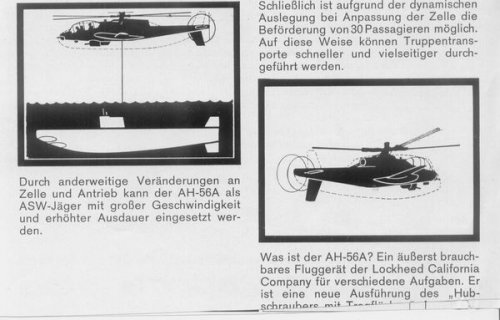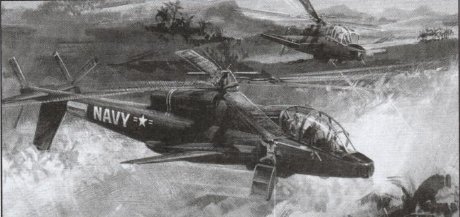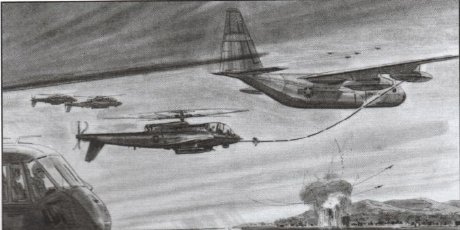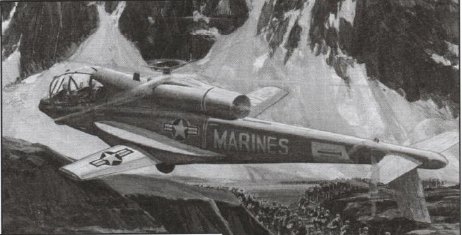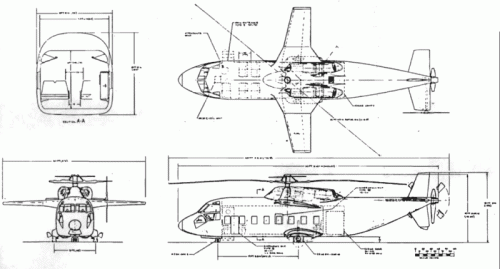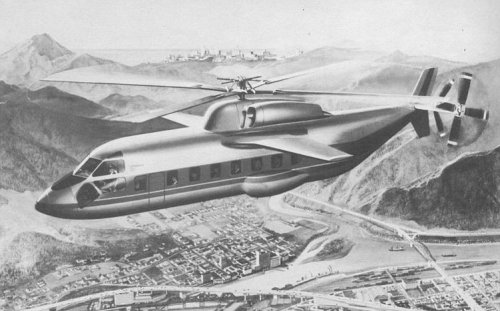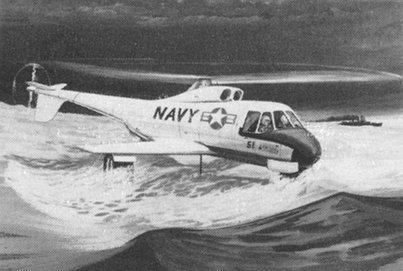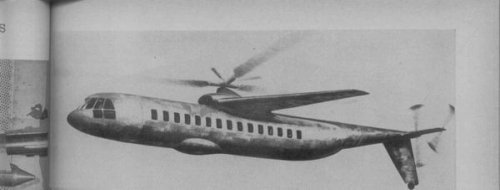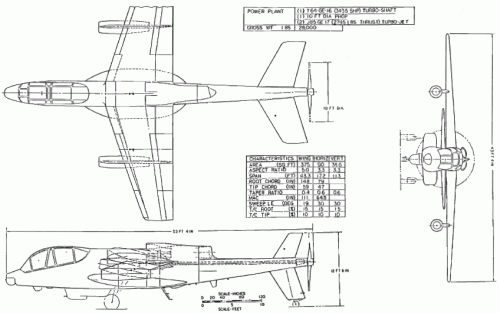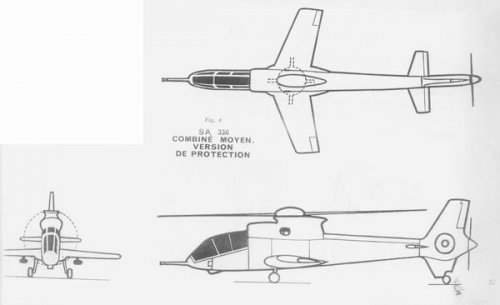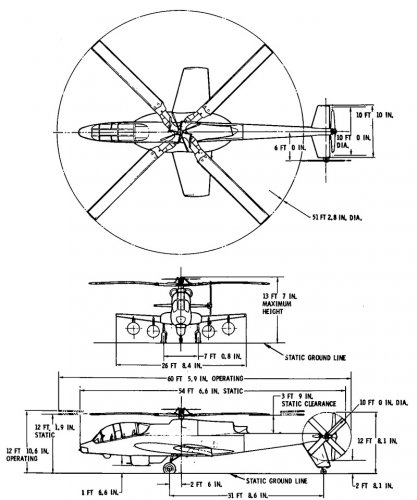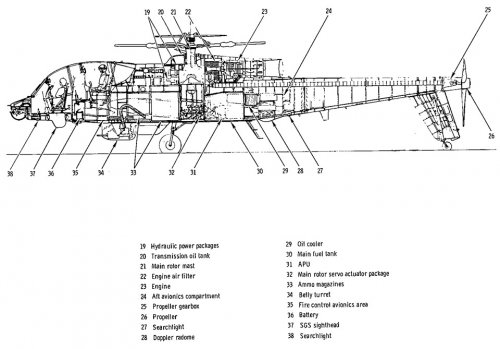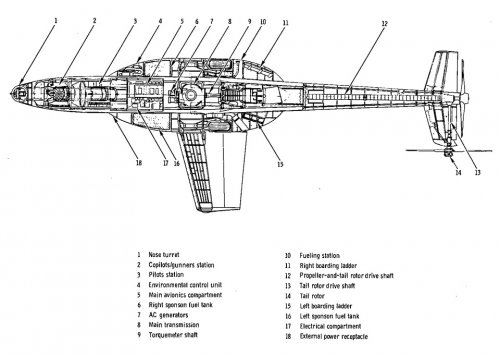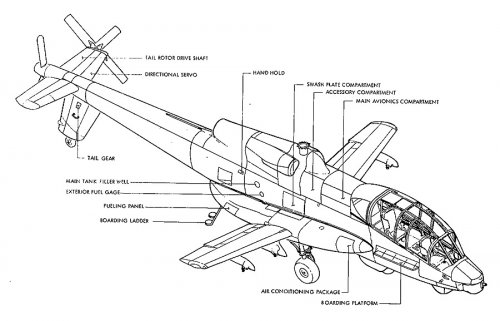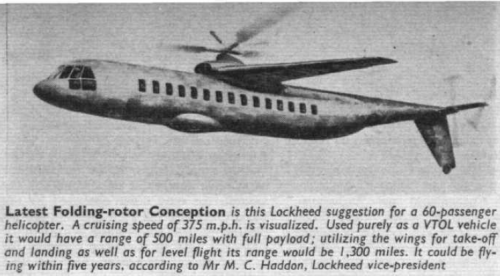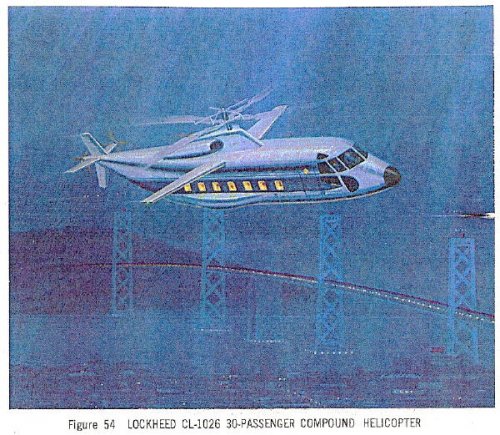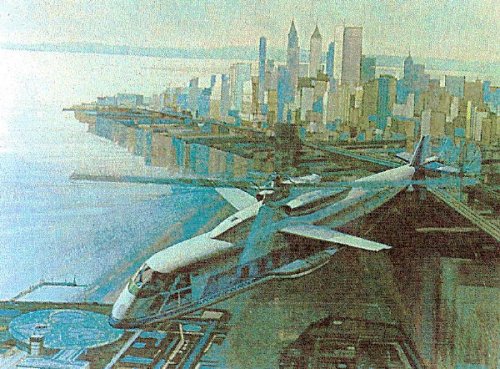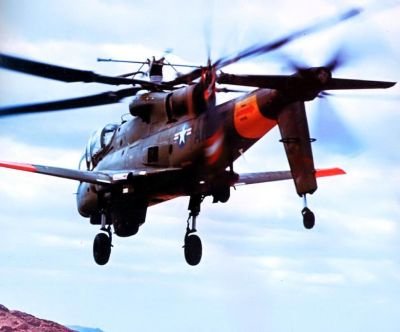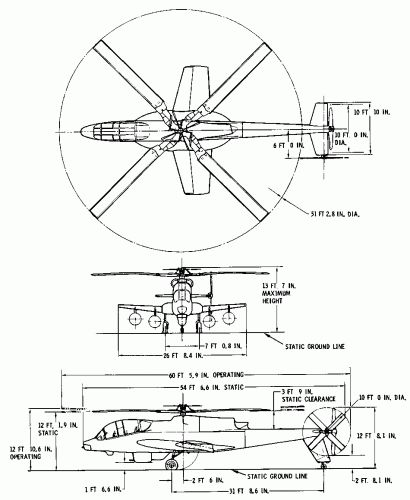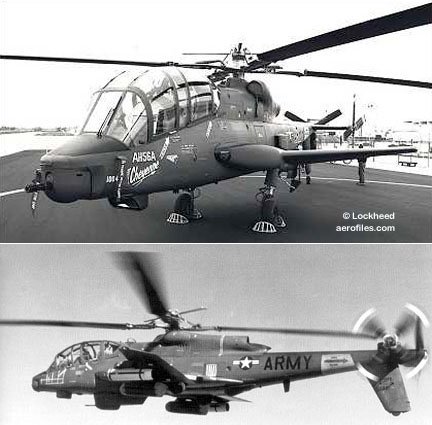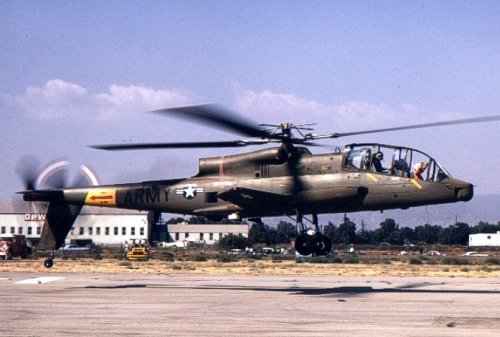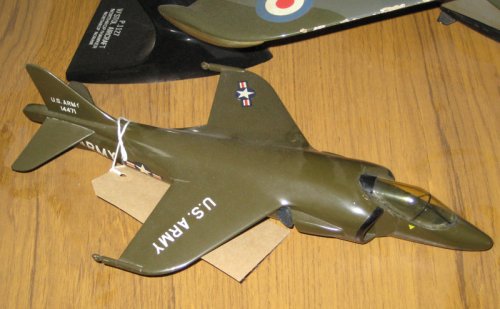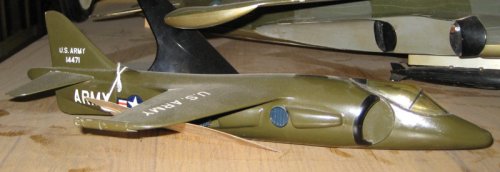Because of the advanced technologies in the AH-56 Cheyenne, the program ran into serious delays and cost overruns. Unfortunately, the Cheyenne experienced developmental difficulties with some of the new technology it employed. Thus, Congress was severely critical of the program. However, advocates of the AH-56 Cheyenne argued that the program was about to succeed, but it would still take several years for this aircraft actually to go into the field and help soldiers on the ground. Eventually, Lockheed had eliminated nearly all of the bugs but the Cheyenne languished under an awkward procurement process put in place by Secretary of Defense Robert McNamara.
By the time the aircraft was ready for production in 1972, the Army was becoming interested in a helicopter with night and all-weather attack capability - a requirement that was not included in the Cheyenne contract. Congress then cancelled the program at a significant financial loss to Lockheed. Ten prototypes were completed before the program was terminated August 9, 1972 due to delayed development, rising costs, and the appearance of two competitive company-funded initiatives by Sikorsky and Bell. Most Cheyenne airframes ended up at Aberdeen Proving Grounds.
The Army wanted a smaller, more agile Advanced Attack Helicopter (AAH) with a less complicated fire control and navigation system. The new attack helicopter program announced in August 1972 drew from the combat experience of the Cobra and the developmental experience of the Cheyenne to specify an aircraft that could absorb battle damage and had the power for rapid movement and heavy loads. The helicopter would have to be able to fly nap of the earth and maneuver with great agility to succeed in a new antitank mission on a high-intensity battlefield. In December 1976 the Army selected the Hughes YAM-64 for production.

